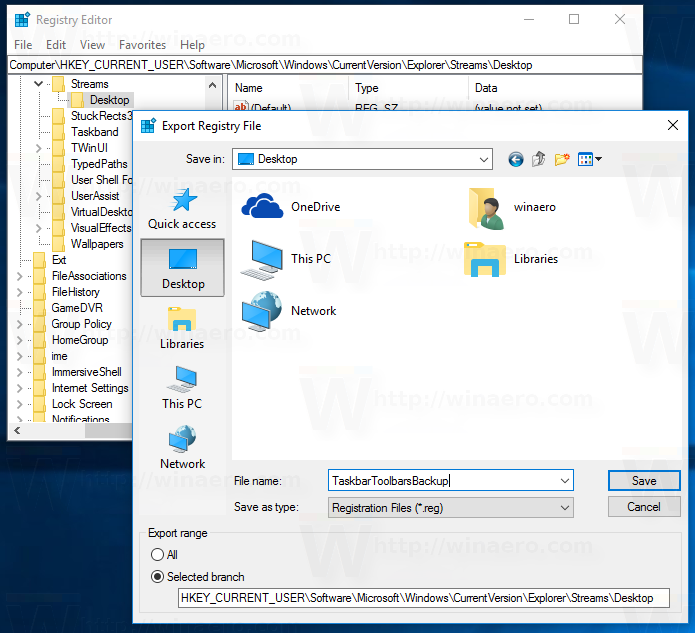

Similarly, connect your destination app account, in our case this is Google Sheets, and select a spreadsheet and a sheet to load the exported data.Connect your Hubspot account and select Contacts as the data entity to export.Select Hubspot as your source app and Google Sheets/Microsoft Excel/BigQuery as a destination app.Sign up to Coupler.io and click on Add new importer.There’s one more option – you can use Coupler.io to automate the export of contacts and sort them in groups by filters in a spreadsheet: On the left, select Contacts from the Data Sources dropdown.To create a report of recently created Contacts – all you have to do is go to Reports and follow these steps: There are many report templates created by HubSpot to make things easier. Instead, we can have a report which can have a list of recently created contacts. However, there’s no way to have a recurring weekly export of lists. There are many such third-party platforms like Coupler.io to automate data export. To keep up with the updated data from HubSpot and export that to some other applications, you need to leverage automation. Scheduling exports is a great way to keep track of what’s happening in your HubSpot account without having to check manually.
A way to export file location list how to#
How to schedule a list export weekly in HubSpot? Now, you have a list with a column Added To List On – which can be used for more in-depth analysis. If you choose the option Added to list date, in the exported CSV file – you will find a column titled Added To List On with dates.

While exporting any list, you’ll see there’s an advanced property called Added to list date. Exporting such a list might seem like a daunting task, but it’s simple if we use the right filters. It could be used for analyzing leads as to when they were created and what the progress is until now. Let’s say you have a list in HubSpot that you want to export based on a particular date (e.g., Date Added to List). Here’s another use case of using filters. How to export a list from HubSpot based on date? The rest of the Export List HubSpot flow, you already know. Similarly, other properties can be selected/deselected to get the required list. To further filter out your lists while exporting, you can make use of selecting/deselecting properties once you click on the Export button.įrom here, you can select Last activity date as a property if you want to see the last activity dates of your Contacts or Company list. Select one.Īfter applying all three filters, what we have is an Active or Static list of either Company or Contacts created by a particular user of your team. When you click on All objects, you will see two options in the dropdown menu – Company List or Contact.

It’s a data integration solution to export data from different sources, including HubSpot.

If you want to automate the export of contacts or other data from Hubspot, you can go with Coupler.io.


 0 kommentar(er)
0 kommentar(er)
